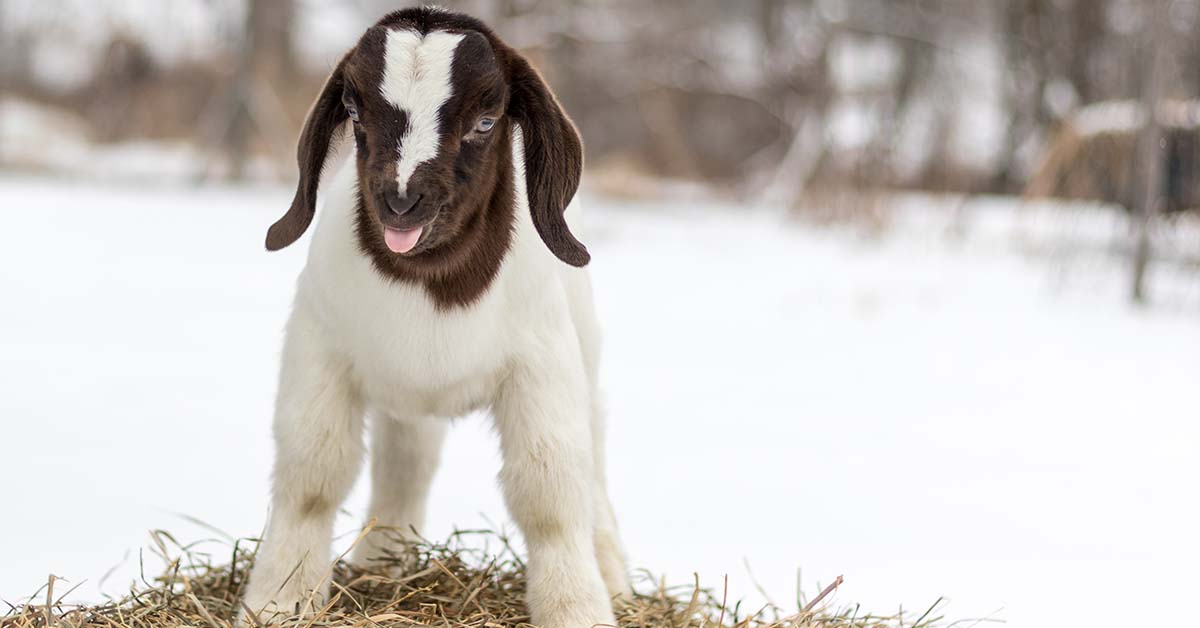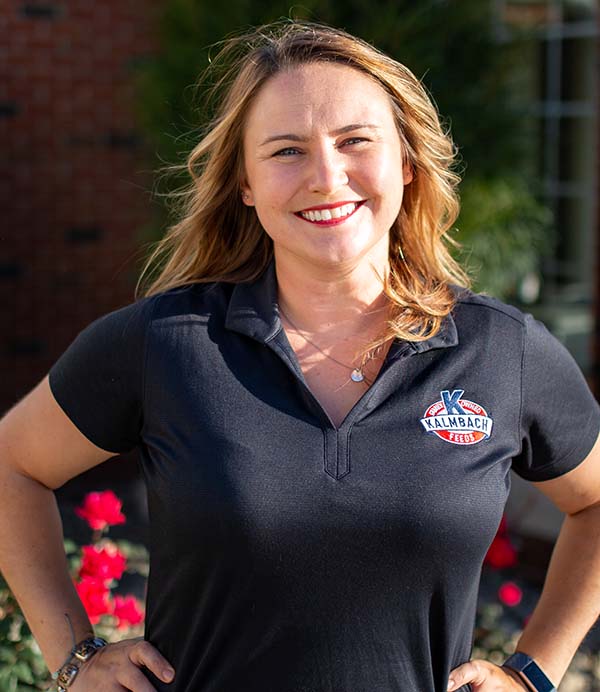Tips and Tricks: How to Care for Goats in Cold Weather

4 Tips & Tricks for Goat-Keeping During Cold Weather
Shelter
Unless you live in the arctic, most livestock animals do not require heat during cold winter months. Goats are no exception. In fact, using a heat lamp can actually cause more significant temperature fluctuations, which can negatively affect their ability to thermoregulate. Added caution must also be taken with heat lamps because they can create a fire hazard in your shelter. As long as your goat is in healthy condition and has a full coat of hair, the most important issue to address is draft and the second most important issue is moisture. A winter shelter has to be dry and windproof. As long as your goat(s) can stay dry and get under cover and out of the wind, they will stay warm, even during the coldest weather. Keep this in mind whether you are choosing the location of a new shelter or winterizing an existing shelter. Woven poly tarps are an easy way to add wind blocks to drafty shelters. Adding insulation to the structure of your shelter or spread throughout the inside of your shelter (bedding) will also help their area retain warmth.
Bedding
Bedding provides both insulation and can help get your goats up off of the ground. Shavings will help keep your shelter dry, while hay and straw will help with heat retention. The manure packing method can also help create heat in sheltered areas, but the area must be kept dry as bacteria and protozoa (like coccidia) tend to thrive in moist conditions. Putting your knee to the ground is a good way to tell if your pen is too wet. When you stand up, if there is moisture on your clothing, you need to add more bedding. This is especially important during kidding season. Also note that if you can smell ammonia in your manure packed goat shelter, you may need to create ventilation and/or add more bedding.
Water
Making sure that your goats have access to clean, free-flowing water is a lot more difficult in freezing temperatures. There are several different ways to make sure that their water doesn’t freeze, as long as there is electric near their shelter. Tank heaters for large water tubs are a fairly economical option for larger herds. Heated water buckets also work well for small pens. For those of us who don’t have a way to consistently heat water at the pen, planning ahead to swap out frozen buckets and tubs multiple times a day is another option. Thawing frozen buckets can be done quickly by flipping them upside down and pouring warm water over them. Make sure to unhook water hoses from spigots and hydrants to preserve the integrity of your water lines. Remember to drain water from hoses after you are done with them, so that they can be ready and usable for the next time you do chores.
